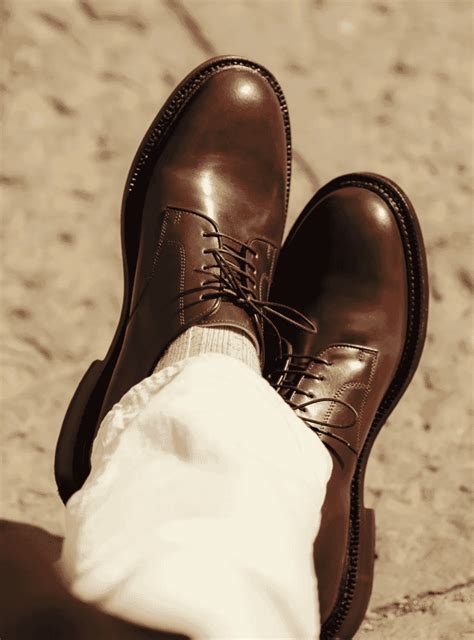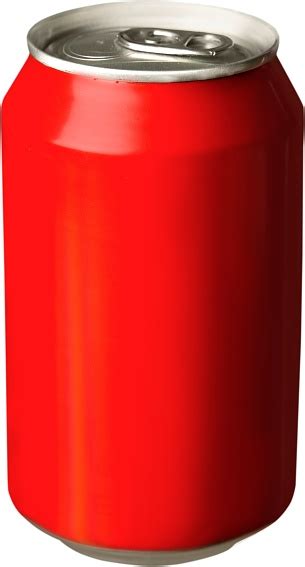Defining Smart Casual: The Modern Man’s Wardrobe Cornerstone
In today’s dynamic world, the line between professional and casual attire often blurs, giving rise to “smart casual” – a dress code that demands both sophistication and comfort. For men, mastering this style isn’t just about looking good; it’s about building a versatile wardrobe that seamlessly transitions from important boardroom meetings to relaxed weekend gatherings. The key lies in strategic piece selection and thoughtful styling.

Building Your Foundation: Key Smart Casual Pieces
The Blazer: Your Ultimate Game Changer
A well-fitting, unstructured blazer or sport coat is arguably the most crucial item in a smart casual wardrobe. Opt for versatile colors like navy, charcoal grey, or olive green. Fabrics such as wool, cotton, or linen blends offer different textures and suitability for various seasons. A blazer instantly elevates a simple shirt and trousers, making you look polished without appearing overly formal.
Versatile Shirts: From Crisp to Relaxed
Invest in a range of shirts. Button-down collared shirts in solid colors (white, light blue) or subtle patterns (gingham, thin stripes) are indispensable. For a more relaxed yet still smart vibe, consider high-quality polo shirts or refined long-sleeve t-shirts made from premium fabrics like Pima cotton. Ensure they fit well – neither too baggy nor too tight.

Trousers: Beyond the Suit Pant
Forget the stiff suit trousers for a moment. Smart casual calls for chinos in various colors (khaki, navy, olive), tailored wool trousers, or even dark wash, well-fitting jeans. The fit is paramount: slim but not skinny, and with a clean break at the ankle or a slight cuff. These offer comfort and sophistication, pairing effortlessly with both blazers and casual shirts.
Footwear That Bridges the Gap
Your shoes can make or break a smart casual outfit. Essential choices include loafers (penny or tassel), chukka boots, clean white or minimalist leather sneakers, and sleek leather derbies or brogues. Avoid overly athletic trainers or overly formal dress shoes. The goal is refined comfort.

The Art of Layering and Color Coordination
Layering is a powerful tool for versatility. A fine-gauge knit sweater or a stylish cardigan over a button-down shirt provides warmth and adds an extra layer of visual interest. These can be easily removed if the setting becomes more relaxed. When it comes to color, build your wardrobe around a core of neutrals (navy, grey, white, black, beige) and introduce pops of color through shirts, sweaters, or accessories. This ensures most pieces can be mixed and matched effortlessly.

Accessorizing: The Final Touch
Accessories, though small, play a significant role in defining your look. A quality leather belt that matches your shoes, a sophisticated watch, and even a neatly folded pocket square in your blazer can elevate an outfit. For relaxed settings, a stylish scarf or a subtle bracelet might be appropriate. The key is subtlety and ensuring accessories complement, rather than overpower, your ensemble.
Putting It All Together: Outfit Scenarios
- Professional Meeting: Navy unstructured blazer, light blue button-down shirt, tailored grey chinos, brown leather loafers.
- Dinner Date: Charcoal sport coat, fine-gauge merino wool V-neck sweater over a white t-shirt, dark wash slim-fit jeans, chukka boots.
- Weekend Brunch: Olive chinos, white polo shirt, clean white minimalist sneakers. Add a light denim jacket if needed.

Mastering Versatility: It’s All in the Details
Mastering smart casual for men isn’t about owning a vast wardrobe, but rather a curated collection of high-quality, interchangeable pieces. Focus on fit, fabric, and a cohesive color palette. By understanding the core elements and learning how to mix, match, and layer effectively, you’ll effortlessly navigate any professional or relaxed setting with confidence and impeccable style. Experiment, find what works for your personal aesthetic, and embrace the power of versatile dressing.




